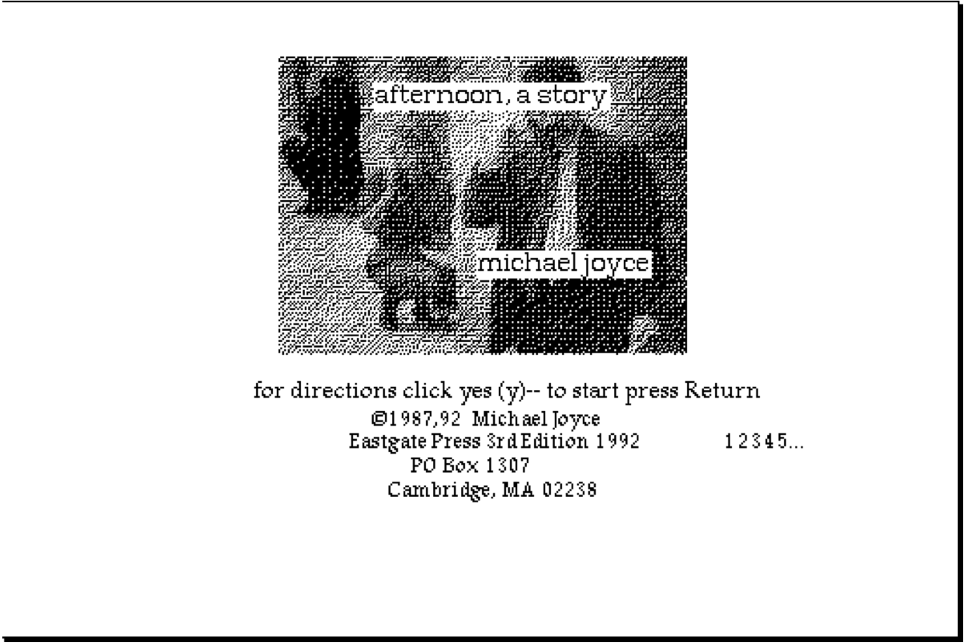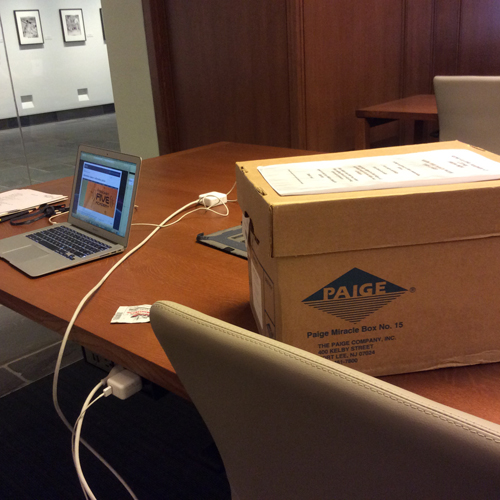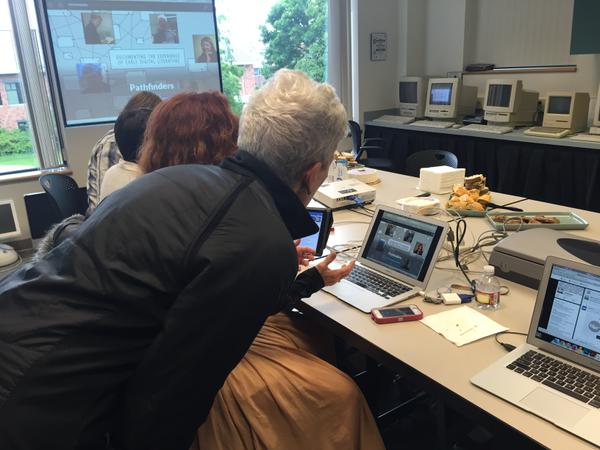Pathfinders Promotions Statistics, from Launch to Present (June 1, 2015-January 24, 2016
These stats represent varying levels of engagement with the book by the public. Using a third party system called StatCounter, we have been able to determine who is visiting the site, where visitors are coming from, how long they stayed on any given page, and what pages they visited, and much more information. We initiated tracking at the moment of the book’s launch at noon PDT on June 1, 2015 until 12 noon PDT, January 24, 2016
Total Visits: 8258
83.9% are first time visitors
Sites driving traffic: Pathfinders blog, ELO website, WSU online press release, Scalar blog
Countries: 54
Argentina, Australia, Austria, Belgium, Bosnia and Herzegovina, Brazil, Cameroon, Canada, Chile, China, Colombia, Croatia, Czech Republic, Denmark, Ecuador, Egypt, Finland, France, Germany, Greece, Hungary, India, Indonesia, Ireland, Israel, Italy, Jamaica, Japan, Jordan, Korea, Luxembourg, Mexico, Netherlands, New Zealand, Norway, Poland, Portugal, Romania, Russian Federation, Saudi Arabia, Singapore, Spain, Slovenia, South Africa, Sweden, Switzerland, Taiwan, Turkey, UAE, UK, the US, Venezuela, Viet Nam, and Zimbabwe
Universities, Centers, Libraries and Schools: 220
U.S.: 165
Amherst College, Arkansas State University, Arizona State University, Art Center College of Design, Art Institute of Chicago, Augustana College, Austin College, Austin College, Bard College, Bates College, Boston College, Bowling Green State University, Brown University, California College of the Arts, California State University San Marcos, California State University Northridge, City University of New York, Claremont University, Colby College, The College of William and Mary, Colleges of the Fenway, Columbia University, Concordia University, Cornell University, CUNY Graduate Center, Dartmouth College, Davidson College, Dobie Center, Duke University, Emory University, Fashion Institute of Technology, Fayetteville State University, Florida Atlantic University, Florida Gulf Coast University, Florida International University, Florida State University, Garner Webb University, George Mason University, Georgetown University, Georgia Institute of Technology, Georgia Perimeter College, Georgia State University, Georgia Southern, University, Gettysburg College, Hamilton College, Hampshire College, Harvard-Westlake School, Houston Community College, Illinois Wesleyen University, Indiana University, Kansas State University, Kirkwood Community College, James Madison University, Lake Forest College, Lasalle University, Lehigh University, Library of Congress, Longwood Medical and Academic Area, Loyola Marymount, Maine Libraries/Dept. of Education, Marist College, Marshall University, MIT, Miami University, Minnesota University System, Molloy College, Montana State University, Muhlenberg College, NASA Glen Research Center, National Library of Medicine, New York City Public Schools, New York University, Northeastern University, Northern Illinois University, Northwestern University, Occidental College, Oregon State System Of Higher Education, Oregon State University, The Pennsylvania State University, Princeton University, Purdue University, Reed College, Rice University, Ripon College, Rhode Island Network for Education Technology, Salem State University, Rutgers University, San Diego State University, Seton Hall University, Smith College, Susquehanna University, The New School, St. Catherine University, St. John’s College (Sante Fe), Skidmore College, Smith College, Sonoma State University, Stanford University, State University of New York at Albany, Temple University, Texas A & M Commerce, Texas A & M University—College Station, Texas Christian University, Thomas Edison State College, University of Alabama, University of Alaska, University of Arizona, University of California Berkeley, University of Buffalo, University of California Davis, University of California Irvine, University of California Los Angeles, University of California Riverside, University of California San Diego, University of California Santa Barbara, University of California Santa Cruz, Regents of the University of California President’s Office, University of Chicago, University of Colorado Boulder, University of Connecticut, University of Denver, University of Florida, University of Hawaii, University of Illinois Chicago, University of Illinois Springfield, University of Illinois Urbana Champaign, University of Iowa, University of Kansas, University of La Verne, University of Mary Washington, University of Massachusetts Lowell, University of Miami, University of Minnesota, University of Missouri Columbia, University of New Mexico, University of North Carolina at Chapel Hill, University of Notre Dame, University of Oklahoma, University of Oregon, University of Puget Sound, University of Rochester, University of San Diego, University of South Florida, University of Tennessee, University of Texas at Arlington, University of Texas at Austin, University of Texas at Dallas, University of Texas at San Antonio, University of Washington, University of Wisconsin Madison, Valparaiso University, Vanderbilt University, Virginia Commonwealth University, Virginia Polytechnic Institute, Washington and Lee University, Washington State University Pullman, Washington State University Vancouver, Washington University, Whitworth College, Williams College, Wheaton College, Xavier University, Yale University
Canada: 15
Carleton University, Libraries and Archives Canada, McMaster University, Memorial University of Newfoundland, Ryerson University, Simon Fraser University, University of Alberta, University of British Columbia, University of New Brunswick, University of Guelph, University of Ottawa, University of Prince Edward Island, University of Toronto, University of Victoria
UK: 12
Goldsmiths University of London, National Library of Scotland, Oxford University, University College Falmouth, University of Bristol, University College London, University of Glasgow, University of Leicester, University of Surrey, University of Wales Aberystwyth, University of Wales Bangor, University of Warwick, York University
Australia: 5
Brisbane Catholic Education, Monash University, Royal Melbourne Institute of Technology, State Library of Queensland, Queensland University of Technology
New Zealand: 2
Auckland University of Technology, University of Canterbury
Singapore: 1
Singapore University of Technology and Design
Korea: 2
Taejon Institute of Education Science, Chungnam National University
Austria: 1
Danube University Krems
Denmark: 1
Danish Network for Research and Education
Germany: 6
Hochschule Fuer Technik, Wirkschaft Und Kultur Lei, Humboldt University Berlin, Techische Hochschule Mittelhessen, Univeristy of Leipzig, University of Siegen, University of Trier
Greece: 1
Greek Research and Technology Network
Finland: 1
Aalto University
Poland: 1
Institute of Bioorganic Chemistry Polish Academy
Romania: 1
Universitatea Babes-bolyai
Sweden: 3
Malmo University, Sunet Swedish University Network, University College of Gavie
Switzerland: 1
Universite de Fribourg,
Chile: 1
Pontificia Universidad Catolica De Chile
Colombia: 1
Pontificia Universidad Javeriana
Mexico: 1
Universidad Nacional Autonoma de Mexico









